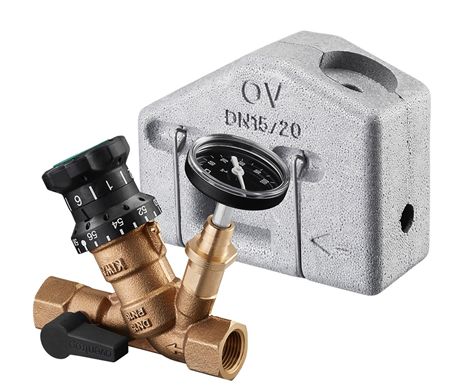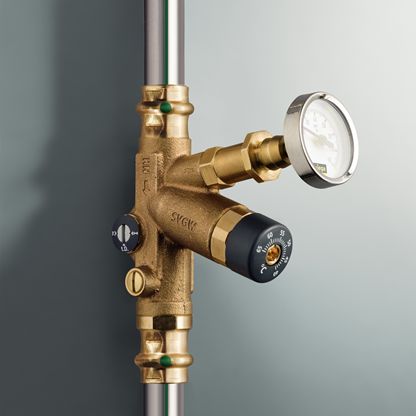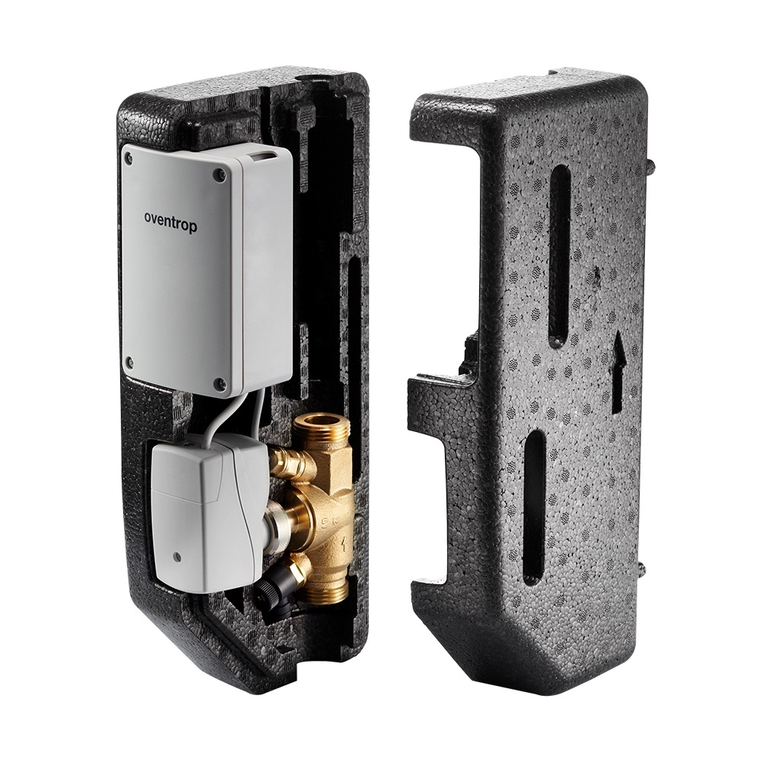Water is inert
The pathogens find optimal living conditions for propagation at water temperatures of approx. 30°C to 45°C. This health-endangering germ formation can be counteracted with a constant water temperature of more than 55°C. The water temperature can be adjusted to a constant value. "Since hot water would assume the temperature of the environment when not in use, circulation systems must ensure that the temperature is maintained permanently. A circulation pump transports the heated drinking water through the hot water system and feeds it back to the drinking water heater, where it is reheated," explains Stefan Pohl of Kemper. Since water always seeks the path of least resistance, the circulation pump prefers to pump hot water into areas with low pressure losses. In order to be able to reach all areas, low pressure losses must therefore be artificially increased.
High temperatures protect
If there are more than three litres in one of the hot water flow paths between the DHW heater and the tapping point, there must be circulation so that hot water is immediately available. The hot water outlet temperature at the central drinking water heater must be at least 60°C and must be fed back to it at a re-entry temperature with a maximum difference of 5°C. The temperature of the hot water outlet at the central drinking water heater must be at least 60°C and must not exceed 5°C. This can only be achieved with a hydraulically balanced circulation system. So-called circulation control valves (thermal and static) e.g. from Oventrop, Resideo/Honeywell Home, Kemper and Viega make it possible: They ensure continuous thermal and hydraulic balancing of the piping system. "Our experience shows that the most frequent cause of a Legionella finding is an unbalanced or insufficiently balanced drinking water installation," explains Volker Galonske of Resideo/Honeywell Home.
How the thermal circulation adjustment works
The task of hot water recirculation is performed by a circulation pump. In order for the distribution of the water temperatures to take place evenly, a controlled flow through all pipe sections of the circulation system is necessary. In branched systems, however, different system components cause different pressure losses. These are compensated within the framework of the thermal-hydraulic adjustment. For this purpose, the differential pressures of the individual hot water pipes are determined and adjusted by "adjustable resistances" in the pipe network - usually preset control valves such as those from Resideo/Honeywell Home, Oventrop, Kemper or Viega. This means that where too much water flows, the water flow is slowed down by the default setting.
The energy issue
In all considerations regarding the installation of a drinking water system, the requirements of the Drinking Water Ordinance always take precedence over those of the Energy Saving Ordinance. Wolfgang Burchard, spokesman for Blue Responsibility, sees things in a similar light. "The German sanitary tap manufacturers offer technical solutions for the constant guarantee of drinking water hygiene. The use of high-quality, intelligent systems is particularly important in public sanitary facilities in order to prevent contamination of the water". By the way: A system that meets the requirements of the Drinking Water Ordinance does not necessarily have to have a negative effect on energy consumption. Although water is constantly heated, the energy required for temperature control is reduced by the optimum distribution of the volume flows compared to unregulated systems.
Source of title: Oventrop - 2019
Source Oventrop - 2019

Source: VIEGA - 2019

